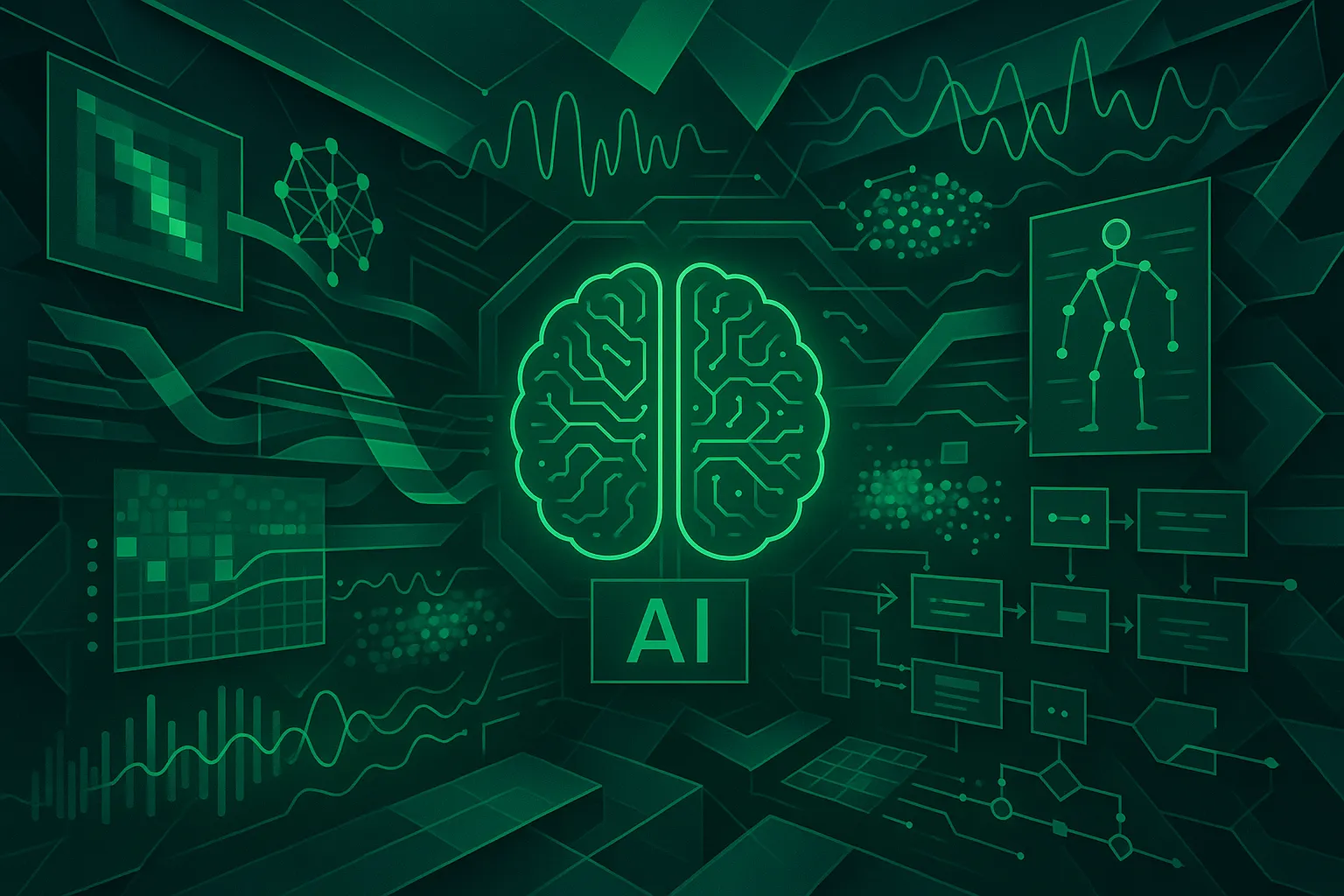
2025-04-08T04:00:00+00:00
In our fast-evolving digital age, comprehending artificial intelligence’s capability to merge different types of data is paramount. The innovative CLIP (Contrastive Language–Image Pre-training) framework exemplifies this advancement, transforming how AI connects and interprets textual alongside visual information. This article dives into the intricacies of CLIP, its groundbreaking contributions to AI’s multimodal prowess, and the expansive potential it holds for our digital landscape.
Historically, AI models have operated within singular domains. However, the emergence of multimodal models marks an evolutionary leap, allowing algorithms to process diverse data forms concurrently. This capability is akin to the human ability to organically integrate sensory inputs, painting a complete picture of the world. In this arena, CLIP distinguishes itself as an architectural masterpiece proficiently merging text and images for profound understanding.
Pioneered by OpenAI, the CLIP architecture is meticulously designed to discern and link concepts via images and their textual counterparts. Utilizing a novel contrastive learning approach, CLIP refines its proficiency by matching vast amounts of text-image pairs, breaking new ground in associative interpretation. Its structure hinges on a dual-channel network, where the text and image data are processed independently yet synchronously: the text via a transformer model that excels in sequence handling, and the image through a convolutional neural network revered for its image processing prowess.
This harmonious processing of both modalities enables CLIP to execute tasks like zero-shot classification—identifying unseen objects without prior exposure and creating captions for images based solely on context. By optimizing a shared embedding space, CLIP infers semantic connections, surpassing traditional models constrained to a single modality.
The practical capacities of CLIP offer untapped potential across diverse spheres. In digital media, this technology can pivot content generation towards a more intuitive and adaptive format. Within education and accessibility, CLIP-powered applications promise to elevate user interfaces, making information more readily contextualized. Equally, sectors reliant on image analytics, such as e-commerce, are positioned to enhance product identification and recommendation systems.
Text-to-image mechanics underpinned by CLIP are sparking a vibrant shift in AI’s engagement with vision and language, allowing rich, vivid depictions of textual cues into visual outputs. As AI refines this interaction between language and imagery, we anticipate a future where machines not only interpret but predict complex communication patterns, taking AI-human interaction to new alleys.
As we stand at the threshold of an AI-driven epoch transforming digital interaction, the CLIP architecture surges ahead as a visionary blend of graphic and textual deciphering. By unifying these facets, AI enhances computational ability while sculpting the foundation for future multimodal explorations. As this technology evolves, the pathway it carves will not only broaden technological horizons but fundamentally reshape our engagement with the world.
We invite you to ponder how AI's burgeoning capability to symbiotically process text and image can impact your field. How might it reshape the way you engage with technology? Share your thoughts and continue exploring these groundbreaking innovations.